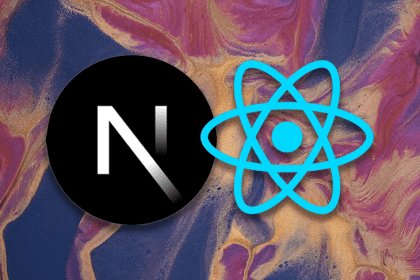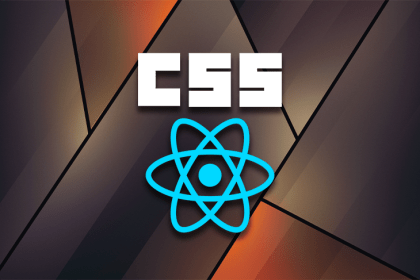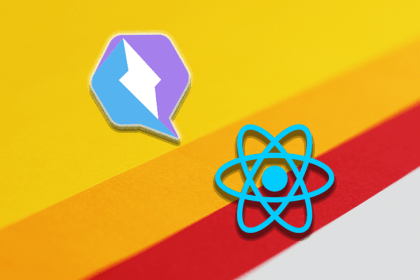
Use React Server Components to effectively manage rendering and build apps that span the server and client.

We explore how to set up and run React and Express together using the concurrently CLI tool for streamlined development workflow.
Discover four of the best animated icon libraries for React that take their inspiration from the popular Feather icon library.

Learn to use CSS Components to create your own composable components, convert them into Hooks, and use them across your React project.

Learn today’s options for managing state in React applications, including built-in hooks and third-party libraries like Redux and MobX.

We explore three top choices for creating heatmap components for your React apps, along with demos for each option.

Explore the four top code editor components for React apps, including Monaco Editor React, React Ace, and more.

Learn how to set up a menu bar using Electron.js and React by utilizing both the renderer and main processes.

react-intersection-observer to create a dynamic headerWith the react-intersection-observer package, we can create a dynamic header and improve the navigation experience within content-rich pages.

We explore how to use the Qwik React package to integrate Qwik with React to build a highly efficient app.

Learn how you can use an environment variable to create multiple entry points in a CRA app without ejecting.

Sveltris is a powerful framework for building interoperable React and Svelte applications that harness the power of both frameworks together.